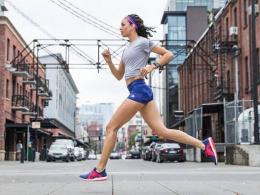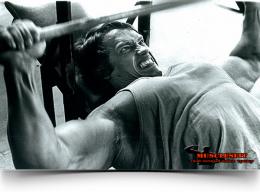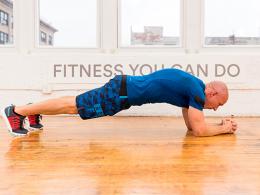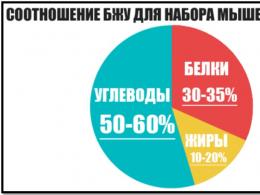Running shoes: what are the best running shoes? Video.
How to choose running shoes? Running shoes for women or running shoes for men? What shoes can you run in, and what should you not? How to choose a size, choose a pair of sneakers for yourself, taking into account the characteristics of your feet? Where and in what to run cross-country, asphalt, treadmill? What shoes are best for running? What to run a marathon in? Maybe beginners and amateurs don’t ask so many questions, but if you want to run in comfort, getting pleasure from running and the desired result, then it’s better to sort out the issue of choosing sneakers immediately and forever.
From this article you will learn:
— How does the weight of a runner and running experience affect the choice of running shoes?
- For what purposes are sneakers purchased (competitions, training, winter running)?
- How to choose the right size?
— Models of sneakers and their functionality (Table).
- The difference between women's sneakers and men's.
- Criteria for choosing running shoes.
The main task of running shoes is safety. Protect the foot from external injury. Reduce the load on the musculoskeletal system, minimize the number of injuries. Provide comfort for running, improve the result in competitions, all other things being equal.
How does a runner's weight and running experience affect the choice of running shoes?
When choosing running shoes, it is also important to consider your own weight. The ranking goes like this:
Men: light weight (53-63 kg), middle weight (64-79 kg), heavy weight (80 kg and above).
Women: light weight (43-53 kg), middle weight (54-64 kg), heavy weight (65 kg and above).
The heavier the runner's weight and zero running experience, the more fancy sneakers will be required: maximum cushioning, ankle support, foot support. Such runners will cost more, but think about your health. In addition, driving in a luxury foreign car is much more pleasant and safer than in a budget B-class configuration. The same applies to crosses.
If you are a beginner, or you have a short running experience of up to (6-12 months) and you run like an “amateur” from heel to toe, then you should also choose shoes in the upper cushioning line. Spare no money, running for pleasure and without injuries is the main goal!
For “experienced amateurs” who have mastered the running technique, who have already strengthened muscles and ligaments, are focused on the result, they can choose sneakers with a height difference from nose to heel of 5-9 mm (half marathon), around 10 mm. It is in these that most triathletes and runners with experience run. They are optimally suited for starts and training, speed training. You can also wear “marathon shorts” for running starts, but more on that in the sequel…
What is the purpose of buying sneakers?
Competition.
Before buying running shoes for competitions, you need to answer 3-4 questions:
1) What is your skill level (beginner, amateur, experienced amateur, athlete)?
2) What is the running technique (heel to toe, toe or forefoot)?
3) What distances do you plan to start (short, medium, long, ultra)?
4) How do you want to run (record fast, with a personal result, just to run)?
If you are a beginner, then you should not enter competitions at 21 and 42 km without some preparation. Usually it is 2-6 months of training. Yes, and 5, and 10 km run without running training (1-2 months) can be a serious stress for the body.
In general, the less experience and experience in running, running from heel to toe, and also being a representative of a heavy weight running category, the more sophisticated shoes (shoes) will be required, with increased cushioning and support.
For experienced runners who use the technique of natural (postural) running and want to maximize the result, the so-called “marathons” and “half marathons” are suitable. The first, “marathon shoes”, are lightweight safety shoes, without much support for the foot, with a flat sole (height difference from nose to heel 0-5 mm), with minimal or no cushioning. The lack of most of the lotions in the "marathon" should be compensated by the running technique, the skill of the athlete and strong ligaments and muscles. The second, "half marathon" - with medium cushioning, a small height difference from toe to heel (5-10 mm), are also suitable for high-speed work and long runs.
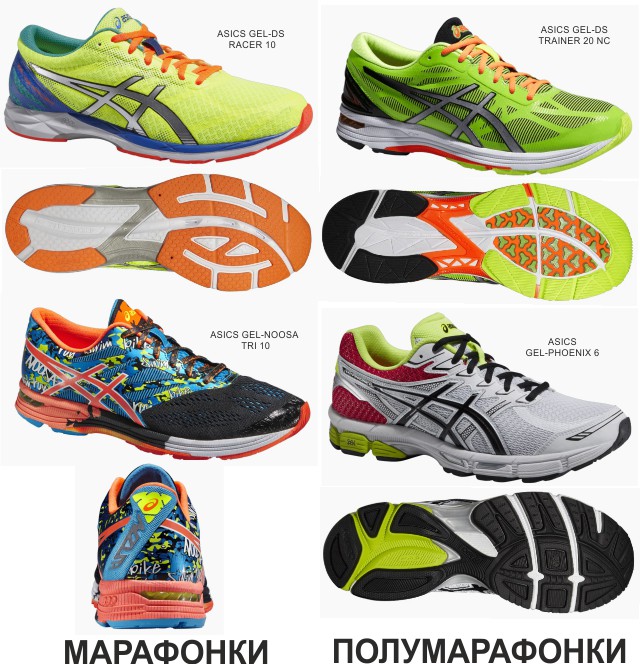
Workout(medium and long run).
There are plenty of options for running around. On asphalt, on a concrete embankment, in an arena on tartan, on a treadmill, on dirt or in a park, on rough terrain.
I read somewhere that the density of concrete is 10 times greater than that of asphalt. Therefore, if you make a rating on which surface it is preferable to run, then in order of increasing load on the musculoskeletal system, I think it will look like this:
1) Dirt paths (forest, field).
2) Tartan (polyurethane) coating based on crumb rubber, which is used for running tracks in stadiums and track and field arenas.
3) Treadmill.
4) Rough terrain.
5) Asphalt.
6) Concrete.
If, except for asphalt, there are no other options, then you should not be afraid to run on it. The fact is that modern running shoes have sufficient cushioning and help absorb shock loads.
For running along concrete embankments, in an arena, a treadmill, sneakers are suitable " for running on asphalt. Their outsole is flatter for more ground contact. To protect the sole from abrasion, special rubber is used. For flexibility in the forefoot, special grooves are used that improve the elasticity of the sole. In the midfoot (the transition point from the heel to the midfoot), some manufacturers use special reinforcing, plastic inserts that support the foot and prevent longitudinal twisting. The upper of the sneaker is made of mesh fabric, which allows you to remove moisture so that your feet do not sweat. In recent years, seamless upper technology has been used. If you look, you may not find the connection points of the elements, as before. The mesh fabric is reinforced with strips or fragments of a special polymer.
Cushioning elements are placed in the heel (for beginners, amateurs and those who do not have a running technique), forefoot (for natural and postural running technique), along the outer edge (for hypopronators). For example, Asics uses gel in its cushioning technologies, Mizuno uses a plastic insert in the sole in the form of a wave, Nike uses Air technology (capsules with air), Saucony foam rubber.
For running in wet and rainy weather, it is better to have a pair with waterproof fabric. If this is not the case, then the wet sneakers must be wiped upon returning home, the insoles removed and placed in a well-ventilated area, but not on the battery and not under the sun's rays. Taking good care of your running shoes will help you extend the life of your running shoes. On average, sneakers are used in the range of 1000-1200 kilometers. After this period, it is better to purchase a new pair, as depreciation qualities are reduced. And if the shoes are still in good condition, then they can be used for normal, everyday wear or walking.
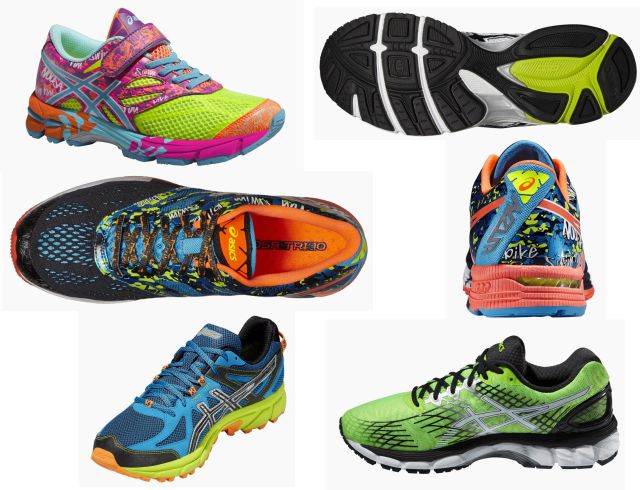
Almost all running shoes have an insert in the heel that supports the foot and prevents it from spinning while running and falling to the side if you have a deformity of the foot. The only exception is the “marathon”, as we said above, which do not have any bells and whistles and are designed specifically for professionals who have a set running technique, developed muscles and ligaments.
Shoes should fit snugly enough, but the lacing should not pinch the arch of the foot. The foot should not "walk" in the shoe. Of course, there are different models, with different pads. For example, some have a tight heel, and a looser toe. If you have successfully chosen sneakers, then they should not rub your foot. Before going out for a long run, you should first break in your sneakers at home, walk around the street and do short runs of 3-5 km. To spread the shoes, you need to stomp 20-30 km in them. After that, if it doesn’t rub anywhere and doesn’t create discomfort, you can go for a long run.
On the ground, fields and forest paths it is better to choose a pair with a prominent tread, that is, not as flat as for running on asphalt, but not as embossed as for running on rough terrain. Something in between...
For cross country running(rocks, hills, grass, dirt, sandstone) you will need special running shoes. They have a deep and pronounced tread for better grip, the nose and side are reinforced with durable material to protect the foot and fingers from possible sticks and branches. The upper is also made from a more durable "breathable" mesh that can be water resistant. This category is characterized by low depreciation and elasticity.
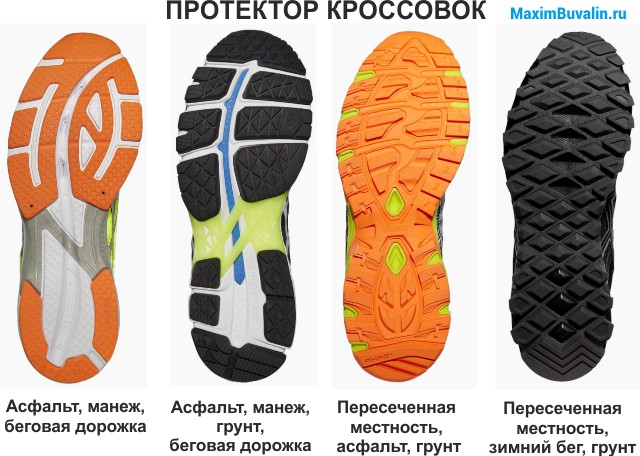
Winter run.
Winter running shoes are different from all others. The upper part is often made of waterproof Gore-tex fabric, insulation is added, they fit snugly on the leg, they have heel support, rubber designed for running at low temperatures with a large tread for better stability on snowy and slippery surfaces, low or medium sole flexibility .
Summer versions of sneakers are made of lightweight materials, they are “breathable”, well wick away moisture, and are ventilated. Winter sneakers, respectively, are made from materials designed for extreme, winter conditions. Meanwhile, they should also be convenient and comfortable to use.
The average weight of a summer pair of sneakers is 200-300 grams, a winter pair is around 400 grams.
How to choose the right size?
It is best to purchase running shoes after a long workout or in the evening when the foot is most extended. The foot in the sneaker should be comfortable, there should not be pressure anywhere. The heel of the foot should be pressed against the heel of the shoe and in this position, 5-8 millimeters should remain from the big toe to the toe of the shoe. Some experts recommend taking shoes with an even larger margin of up to 10 mm. When bending the leg in the foot, the toe of the sneaker should not pinch the big toe, there should be some "air".
If these points are not taken into account, then soon “rubbing” may appear on your fingertips and the skin will periodically peel off from constant friction. Also, with a long run, you can beat off your toes: a hemorrhage may appear under the nail of the thumb and other fingers. This may appear 3-5 days after a heavy load. Further, it will turn black under the nail and the nail may peel off. It doesn't hurt, but it's not that pleasant either. It was like that for me, but after Ironman. This has never happened in marathons.
In this section, I have made an attempt to review several running shoe companies. Asics and Mizuno - because I'm not indifferent to them, and Saucony - I just like them. Having studied various models, main characteristics and functional features, I tried to present the information in the form of a table. In my opinion, this way you can quickly decide on a new pair for yourself, and also see what you should pay attention to. Click to enlarge the table.
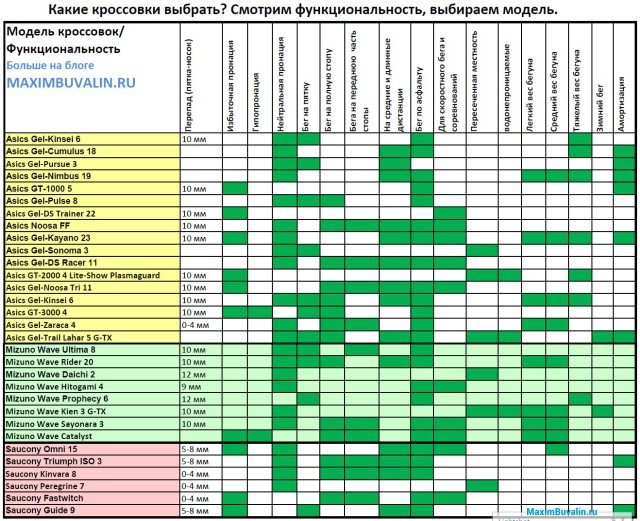
However, if in the table only for 7 models of sneakers the functionality of “light weight runner” and “medium weight runner” is highlighted, this does not mean at all that you should not consider the remaining 24 models. It's just that in these 7 models, the emphasis is on "light to medium weight runners." Also, if you have “foot hypopronation”, this does not mean that only 2 models from the table are relevant for you. Typically, those with underpronation will fit models in the "neutral pronation" category. I think you'll figure it out) Then, fill in the name of the model in the search engine, look, buy.
If you need a pair for training, then pay attention to the functionality "for running on asphalt" and "for medium and long distances". In these categories you will find safety shoes for training. If you are looking for crosses “for speed running and competition”, then also look at the “difference” in height from foot to heel. The minimum height difference from 0 to 5 mm is used in "marathons", 5-9 mm in "half marathons".
The difference between women's shoes and men's.
Just as a woman's foot differs from a man's, so do the shoes. The leg of women is smaller, and, accordingly, the block of women's crosses is smaller in width. More cushioning in women's sneakers, since women have less body weight, so the sole should be softer. Since the heel part of women is narrow, a number of models have an overestimated heel part in order to reduce injury to the Achilles tendon, dislocations, and excessive rotation of the foot. The color scheme for women is more saturated and the letter “W” is used in the name of the sneaker model.
Only shoes for speed running and competitions, for example, such as "marathon shoes", are the same for both the strong and the weaker sex.
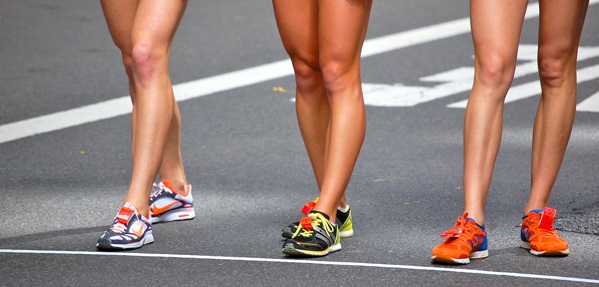
Criteria for choosing running shoes.
The lower the significance of the criterion, the less attention I pay to it. Go…
- Decide for what purpose you need running shoes (competitions, training, winter, running on asphalt, trail)?
- Brand. Personally, I look at the brand, evaluate the technologies (safety, comfort), try on how they sit on the leg.
- Cushioning, sole (height difference), reinforcing inserts from twisting the foot, the presence of shock-absorbing elements in the heel, toe; wear resistance; tread.
- Arch support, insole.
- Upper: fabric (mesh, gore-tex, breathability, water permeability), seams, design.
- Heel support lined with soft fabric
- The weight of a pair of shoes.
- Lacing and "tongue" is already a proven technology from well-known manufacturers. So I don't pay much attention to it.
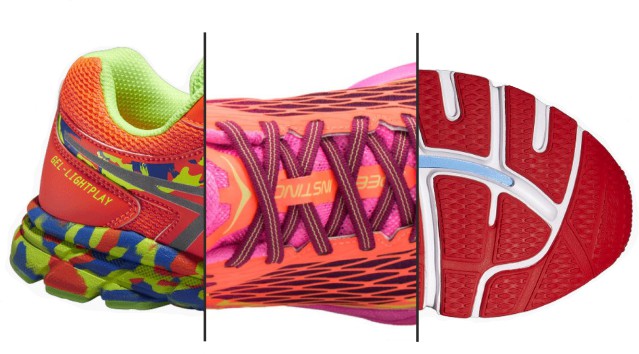
Perhaps, after what you read, you have no questions left. You can also see the article , and also, it will certainly be interesting to see the rating of running shoes, where about 20 manufacturers of running shoes are represented:
If you still have questions, then write comments. All the best.

